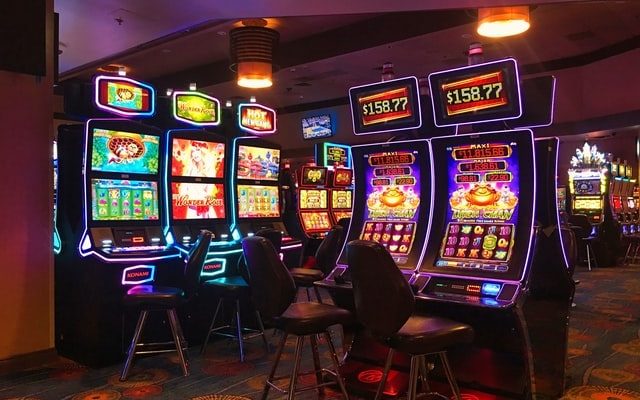Hit frequency is a crucial metric in the realm of slot games that significantly influences player experience and overall game design. It refers to the rate at which a player achieves a winning combination in a slot machine relative to the number of spins. Generally expressed as a percentage, hit frequency is calculated by dividing the number of winning spins by the total number of spins made. This figure can vary widely between different slot machines and directly affects how players perceive the game’s volatility, potential payouts, and entertainment value. Understanding hit frequency is essential for players as it helps them assess the risk and reward dynamics of a particular slot game. A higher hit frequency implies that players can expect more frequent, albeit smaller, wins. This can create a sense of excitement and keep players engaged, as they experience regular payouts that provide instant gratification. For instance, games with a hit frequency of 30% might pay out once every three spins, giving players a consistent feeling of success.
This characteristic is often associated with low volatility slots, which are appealing to risk-averse players who prefer steady, smaller wins rather than the uncertainty of larger, infrequent payouts. Conversely, a lower hit frequency indicates that players might encounter longer dry spells between wins. However, these games often compensate for this with higher potential payouts for the rare winning spins. Such games, often characterized as high volatility slot online, can attract thrill-seekers who are willing to take the risk for the possibility of substantial rewards. For example, a game with a hit frequency of 15% might only pay out on one in every six spins, but the potential jackpot could be significantly larger, enticing players to engage in the game despite the longer intervals between wins. Game developers carefully design hit frequencies to align with their target audience’s preferences. For example, family-oriented or casual players may prefer games with higher hit frequencies that cater to a wider demographic by providing a steady flow of entertainment.
On the other hand, seasoned gamblers may gravitate toward low hit frequency games that promise more exhilarating gameplay through the possibility of substantial jackpots. This strategic design not only affects player retention but also influences marketing tactics, as games are often positioned based on their hit frequency to attract specific types of players. Moreover, hit frequency also interacts with other critical components of slot game design, such as return to player RTP rates and game mechanics like bonus features and multipliers. While a game may have a high hit frequency, it is essential for players to consider the RTP, which indicates the percentage of wagered money that a slot machine is designed to pay back over time. A game with a high hit frequency and a low RTP may still lead to disappointing results over an extended play session, as the overall return may not be favorable. In conclusion, hit frequency plays a pivotal role in shaping player experiences and influencing game design in the world of slot games.
